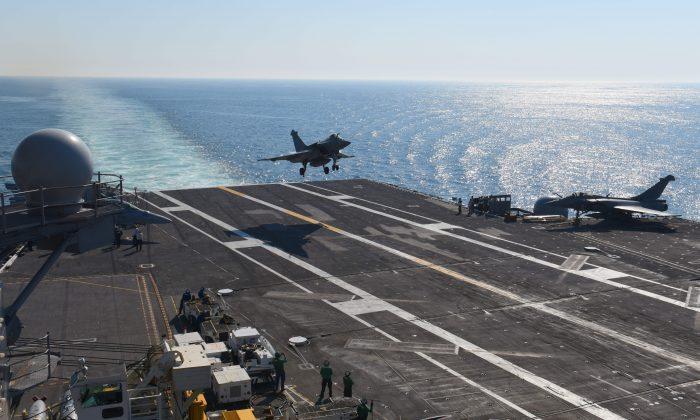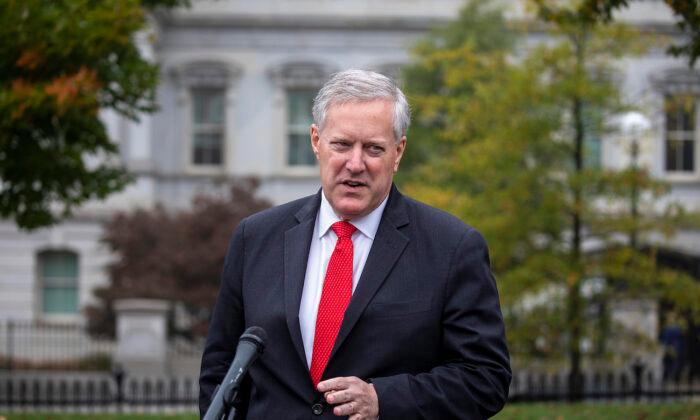As Russia expands its military activity in the North Atlantic and Europe, the United States is responding by reactivating the Navy’s storied Second Fleet.
“We call them competitors in our strategic documents. They intend to undermine and rewrite the order that America established at the end of World War II, and threaten the very birthright freedoms that we hold sacred.”
The Second Fleet was created after World War II to counter Russia during the Cold War. Its most famous exploit was the blockade of Cuba ordered by President John F. Kennedy during the Cuban Missile Crisis.
In 2011, during the Obama administration’s efforts to “reset” relations with Russia, the fleet was deactivated and its ships were reassigned to other commands.
At the Norfolk ceremony, Chief of Naval Operations Adm. John Richardson said, “A new Second Fleet increases our strategic flexibility to respond—from the Eastern Seaboard to the Barents Sea.”
Of concern to the United States are the large amounts of oil and natural gas available to be exploited in the Arctic, the development of new sea lanes as Arctic ice melts, and Russia’s wide-ranging and sophisticated submarines, armed with new missiles meant for striking land targets.





Friends Read Free